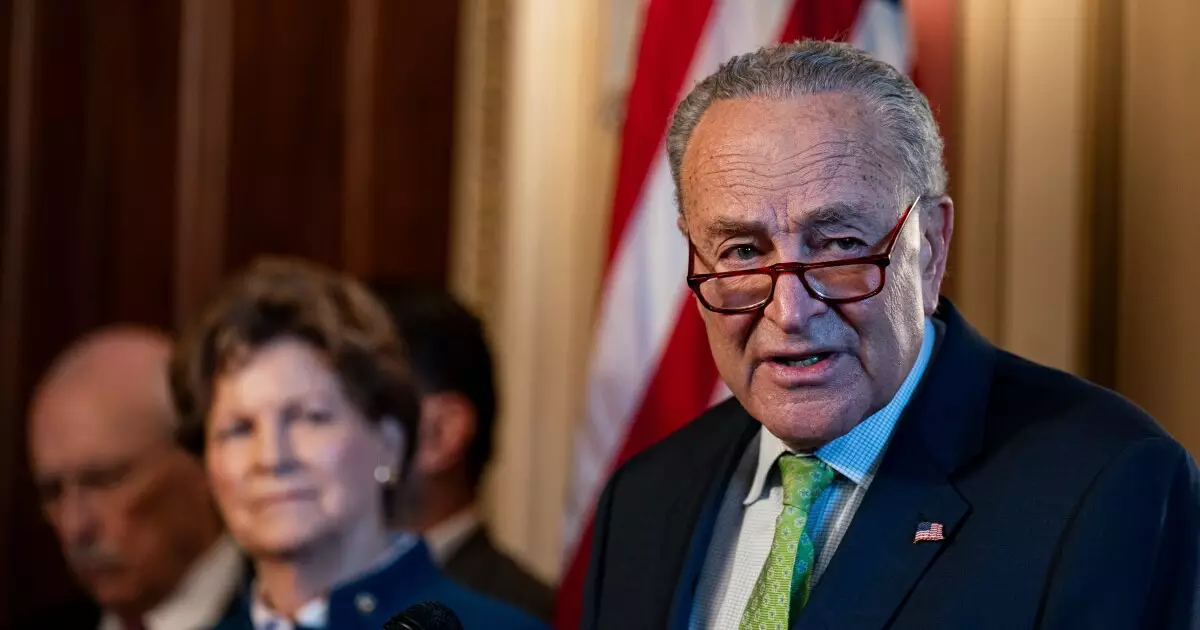The recent decision by the White House to rescind a freeze on federal funding has sparked a multifaceted debate not only involving legal interpretations but also revealing deep political divisions. This article delves into the implications of this directive, the reactions from various stakeholders, and the future landscape of federal funding amid ongoing judicial scrutiny.
On a seemingly routine Wednesday, January 29, the Office of Management and Budget (OMB) aborted a directive that had initially sought to freeze grants and loans from federal agencies. This decision was met with relief yet was marred by an atmosphere of confusion and uncertainty. Critics quickly underscored the potential implications of a funding pause that many perceived as an overreach of executive power. The swift backlash included legal action from a coalition of 22 Democratic-led states led by Rhode Island, reflecting an intense partisan climate and signaling the complexities of state-federal interaction regarding funding.
The core of the controversy lay in the legal accusations levied against the executive branch. As the federal judge efficiently moved the lawsuit forward despite the rescission, it illuminated the precarious balance of power and the checks and balances system underpinning American governance. Critics, including prominent Democratic figures such as New York Senator Chuck Schumer, interpreted the OMB’s actions as indicative of an attempt by President Trump’s administration to circumvent Congress. “We know they will come back at this again and again and again,” Schumer stated, illustrating an unwavering vigilance from the legislative branch regarding executive maneuvers.
Despite the administration’s attempt to regain clarity by issuing additional guidance, the narrative remains convoluted. The White House indicated that the freeze would only pertain to programs conflicting with a series of executive orders executed by Trump. However, the vagueness of this guidance left critical stakeholders uncertain. Many officials questioned whether the broad spectrum of programs relating to immigration, diversity, and climate initiatives would be undermined moving forward.
The legal landscape further complicated matters, as a federal judge granted a stay in a similar lawsuit brought forth by various nonprofit organizations, effectively stalling any implementation of the OMB’s directive until February. As claims from state officials and legal entities highlighted ongoing threats, it became increasingly evident that the situation surrounding federal funding was not merely about money but was entwined with larger ideological battles over governance. The dynamics of these lawsuits represent a pressing challenge to the administration, mandating them to navigate a storm of legal scrutiny while trying to push through their policy agenda.
The political fallout from the funding freeze extends far beyond the momentary confusion it created. Democrats have rallied to frame the administration’s actions as not just misguided but as a potential infringement on legislative rights. As state attorneys general mobilize against perceived overreach, they are doing so amid a broader narrative of resistive governance against an administration marked by executive assertiveness.
This incident shows us that the future of federal funding will likely be influenced by both political strategy and legal maneuvering. With the White House signaling intentions to consider additional executive orders, the stage is set for ongoing conflict. If the administration pursues measures that further challenge the legislative branch’s authority, bipartisan lines may harden, thus igniting fierce debates over what constitutes legitimate executive action.
As this saga unfolds, the implications extend beyond immediate funding determinations; they resonate through the fabric of governance, legislation, and public policy. The balance of power, the role of the courts, and the accountability of elected officials are all at stake as the nation navigates these turbulent waters. The interplay between the executive branch and the states, coupled with the judicial responses, serves as a critical reminder of the complexities inherent in the American political landscape, particularly when ideologies clash over the administration of federal resources. As stakeholders await further developments, one thing remains clear—a battle for the narrative and framework of governance continues to be waged in both courthouses and congressional chambers.


Leave a Reply